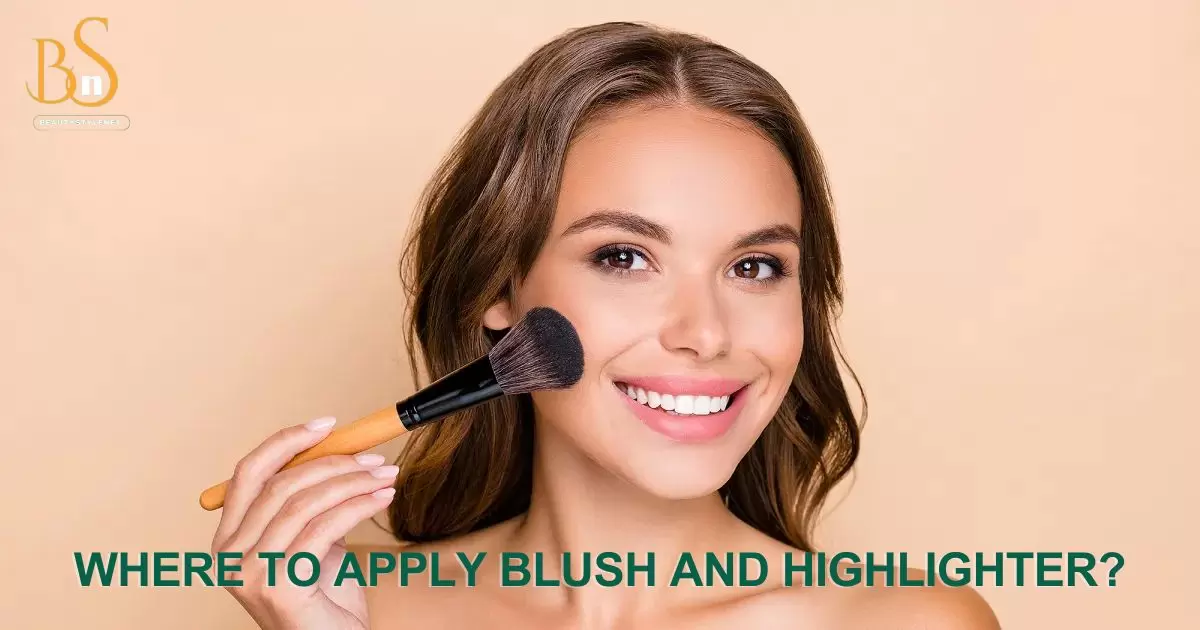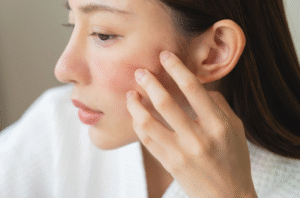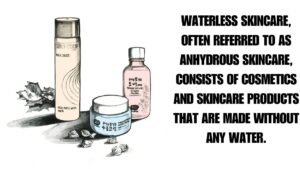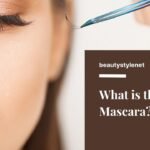Makeup is an enjoyable way to enhance natural beauty and boost confidence. Knowing how to correctly apply blush and highlighter is key to achieving a polished, bright-eyed look. This guide will explore blush and highlighter placement tips tailored for different age groups and skin tones.
Do you apply blush before or after highlighter?
Generally, it is best to apply blush before highlighter. Blush is meant to mimic the natural flush of color in your cheeks. Applying it first allows you to gauge exactly where to put your highlighter for a seamless blend. Highlight is used to catch the light and enhance areas like cheekbones that you want to draw attention to. Setting it over blush prevents any muddy mixing of the colors.
Blush placement basics
The apple of your cheeks is a good starting point for most blush applications. Using a blush brush, sweep color back towards your hairline and temples in a “V” shape. Make sure to blend well for a diffused, natural look. Those with rounder face shapes can concentrate color higher up towards the top of the cheekbone area to visually elongate.
How to choose a flattering highlighter shade
As with blush, selecting the right highlighter color is important for your skin tone. In general, lighter shades work well for fair complexions while medium to dark skins can pull off gold, peachy, or rose tones. Cool-toned highlighters complement pink undertones, while warm shades match yellow and olive tones.
Test small amounts on your cheekbone or top of your cheek area to see how it looks before going full force. Blending your highlighter up into the brow bone and across the center of the nose also adds a gorgeous glow.
Where should you put a highlighter on your face?
The most common and flattering places to highlight include:
- Cheekbones: Sweep highlighter along the top of your cheekbones using a small brush or sponge. This lifts and defines the area.
- Nose: Use the tip of your brush to lightly dust highlighter down the center of your nose. This draws attention upwards.
- Cupid’s bow: A dot in the center of your top lip adds subtle emphasis.
- Brow bone: Highlighting right under your brows with your brush pulled upwards lifts your whole face.
- Chin: Bringing some glow to the very tip of your chin creates a subtle contour.
Can you use Blush as a face highlighter?
In some cases, blush can double as a subtle highlighter. Cream blushes that have a dewy, luminous finish work especially well. The natural pigments reflect light beautifully without looking unnaturally powdery. For a quick glow, dab cream blush on the high points after applying it to your cheeks as usual.
Powder blushes can also work in a pinch when blended out very lightly with a stippling motion. However, they don’t impart as much of an intense radiance as a dedicated highlighter. Stick with lighter blush shades closer to your skin tone when using it as a highlighter as well. Too dark a shade may end up looking more like a shadow.
Where do you put highlighter on older skin?
While certain areas of the face still benefit from highlighting as we age, it’s important to tailor the technique. As skin loosens and loses volume over time, certain areas need to be avoided or blended out more seamlessly. On older skin, focus highlighting on:
- Upper cheekbones: Sweep along the very tops of cheeks to visually lift sagging areas.
- Brows and inner corners of eyes: Still good places to brighten and open up eyes.
- Centers of forehead and chin: Provides flecks of light without emphasizing wrinkles.
Use a light hand and always blend, blend, blend aging skin highlighters up and out – never letting it pool in fine lines. Stick with subtle pearly shades over shimmery formulas which can accentuate wrinkles over time.
What color highlighter should I use?
As a general rule, it’s best to choose a highlighter shade that’s one to two shades lighter than your natural skin tone. This allows it to catch the light without looking overtly unnatural.
- Fair skin: Look for very light pale gold, silver, or pinky shades that won’t read as sparkles on fair skin. Moonstone and champagne colors work well.
- Light skin: Peachy pink and soft gold shades suit light complexions without being too dark. Colorpop’s Wisp is a classic option.
- Medium skin: Warm bronze, rose gold, and apricot highlighters flatter medium tones. Wet n Wild’s Reserve Your Cabana bronzer also makes a great highlighter.
- Tan skin: Rich gold, copper and bronzed shades of highlighter pop beautifully against tan skin. Fenty Beauty’s Mean Money and Mac Careblend Cheek Color in Gold Deposit are top choices.
- Dark skin: Top considerations are deep bronze, rum, and rose gold shades. Makeup By Mario Master Metals Palette and Juvia’s Place The Saharan blush/bronzers double beautifully as highlighters too.
Frequently Asked Questions
Where do you apply blush vs highlighter?
Blush is generally applied on the apples of the cheeks to mimic your natural flush, then swept back towards the hairline in a “V” shape. Highlighter is placed on the highest points of your cheekbones, down the bridge of your nose, and other areas you want to emphasize like brow bones and cupid’s bow. Blush goes on before highlighter so you can see exactly where to place the highlighting product.
How do you match blush and highlighter?
It’s best to choose a blush and highlighter that are in the same color family so they seamlessly blend. For example, a peachy blush paired with a soft gold or pink highlighter. You can also match blush to your natural flush – if you tend to get rosy when you exercise or get embarrassed, opt for a pink blush.
Evaluate your skin’s undertones as well cool (pink) tones suit cooler blushes/highlighters while warm (yellow) tones look best with peach or bronze shades. Blend well between the two products so there’s a smooth transition.
Do you put bronzer or blush first?
Most experts agree that blush should generally be applied before bronzer. The reason is that bronzer is meant to add dimension by darkening areas you want to contour like the hollows of your cheeks and temples. Putting it on first allows you to properly define your cheekbone area before adding your flush of color with blush on top.
Final Thoughts
With some practice, highlighting and contouring with blush can become second nature. Always start by blending out colors gently on the back of your hand to ensure you aren’t applying products too heavily or darkly on your face. Makeup is meant to enhance natural beauty not define it.
Subtle, blended placement of blush and highlighter is all that’s needed for a fresh-faced glow. Focus on accentuating the features you love most with highlighting instead of attempting to drastically alter your face shape. Proper hydration and moisturizing will also help any makeup, including highlighter, glide on smoothly.
Don’t be afraid to experiment with different shades and techniques to find your personal favorites. Photos in different lighting are helpful guides for evaluating color payoff. And don’t forget that less is usually more when it comes to highlighters always able to add more but impossible to take away.











